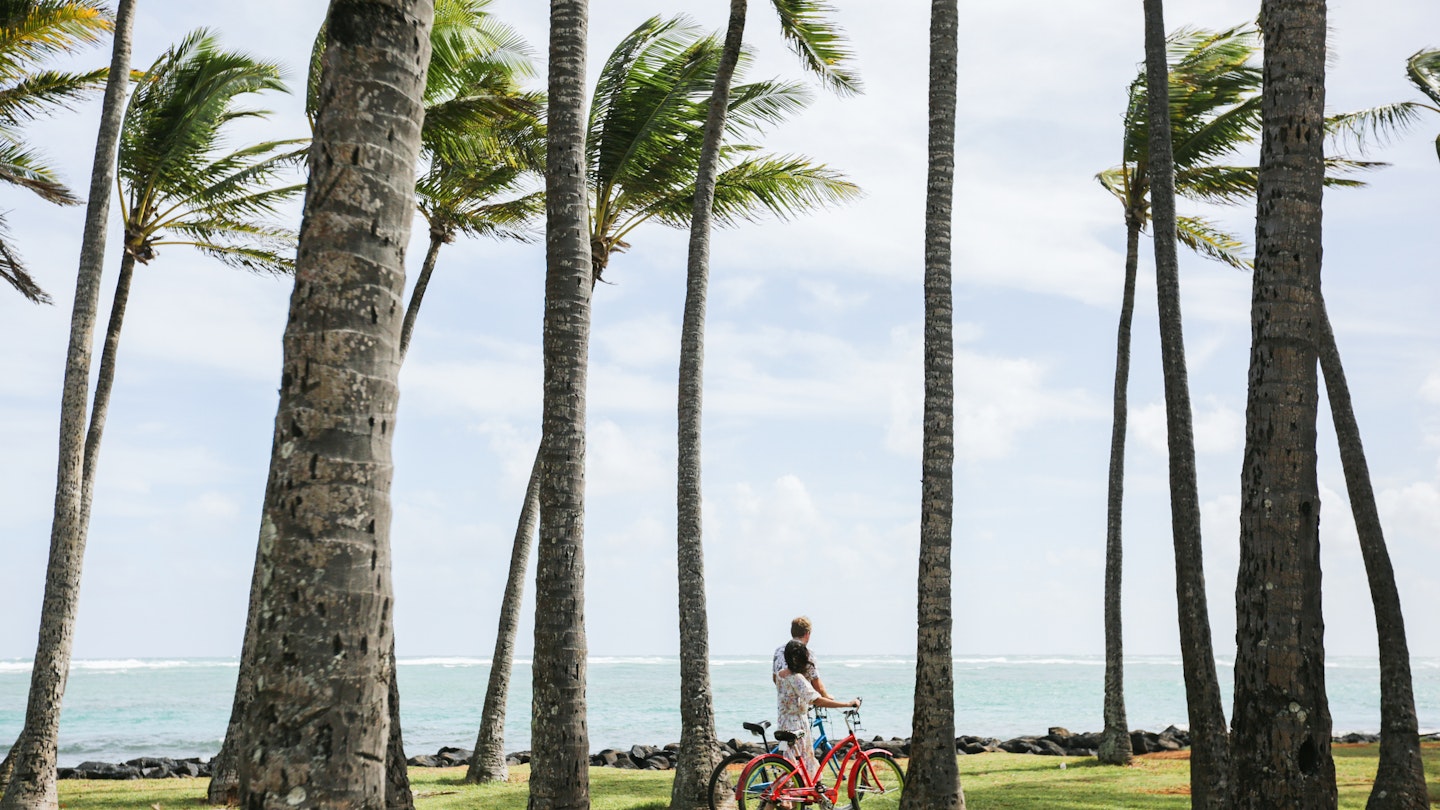The Proposed Climate Fee in Hawaii: What You Need to Know
Spending time on Hawaii’s gorgeous beaches or exploring its vibrant forests could soon come with an additional cost for travelers. The state is grappling with the significant impact of over-tourism, prompting Hawaii’s governor, Josh Green, to propose a $25 climate fee on tourists. This initiative, known as bill HB206, is currently under consideration in Hawaii’s legislature.
Purpose of the Climate Fee
The proposed “green fee” or visitor impact fee is designed to generate funding aimed at:
- Protecting Hawaii’s beautiful beaches
- Preventing wildfires
- Offsetting the environmental impact of nearly 10 million visitors each year
With a resident population of approximately 1.6 million, it is evident that tourists constitute a significant portion of the island’s population at any given time.
A Statement from the Governor
Governor Green emphasized the necessity of this climate fee, stating, “A Climate Impact Fee on visitors would provide the needed resources to protect our environment and increase awareness of the impacts of climate change. I believe this is not too much to ask of visitors to our islands. Hawaii’s natural resources—our beaches, forests, and waterfalls—are an essential part of our culture and way of life.”

Current Status and Future Implications
The proposed climate fee would be included in visitor accommodation charges, as an alternative to raising hotel and resort taxes, which are already among the highest globally. This initiative comes on the heels of devastating wildfires that occurred in the fall of 2023, affecting both the island of Maui and Hawaii Island’s Kohala Coast. These wildfires resulted in road closures, evacuations, and significant loss of life—approximately 115 deaths—and destroyed the historic town of Lahaina. The economic and environmental repercussions of these disasters have been staggering.
The governor believes that implementing this charge on tourists, which could generate an estimated $68 million, could play a crucial role in preventing future emergencies and supporting recovery efforts when crises arise.
Exploring Additional Options
Governor Green remains open to other suggestions, which could include increasing the hotel tax or introducing charges for park licenses, as reported by The Wall Street Journal. While the specifics of the fee structure are still being refined, it is evident that Hawaii’s leaders are moving towards implementing additional charges for visitors.
Conclusion
As legislation progresses, it’s essential for future travelers to Hawaii to be aware of the changes and to consider how their contributions can play a part in preserving the unique environmental beauty of the islands. By being informed, visitors can participate in the ongoing conversation about sustainable tourism and its role in protecting Hawaii’s precious landscapes.




